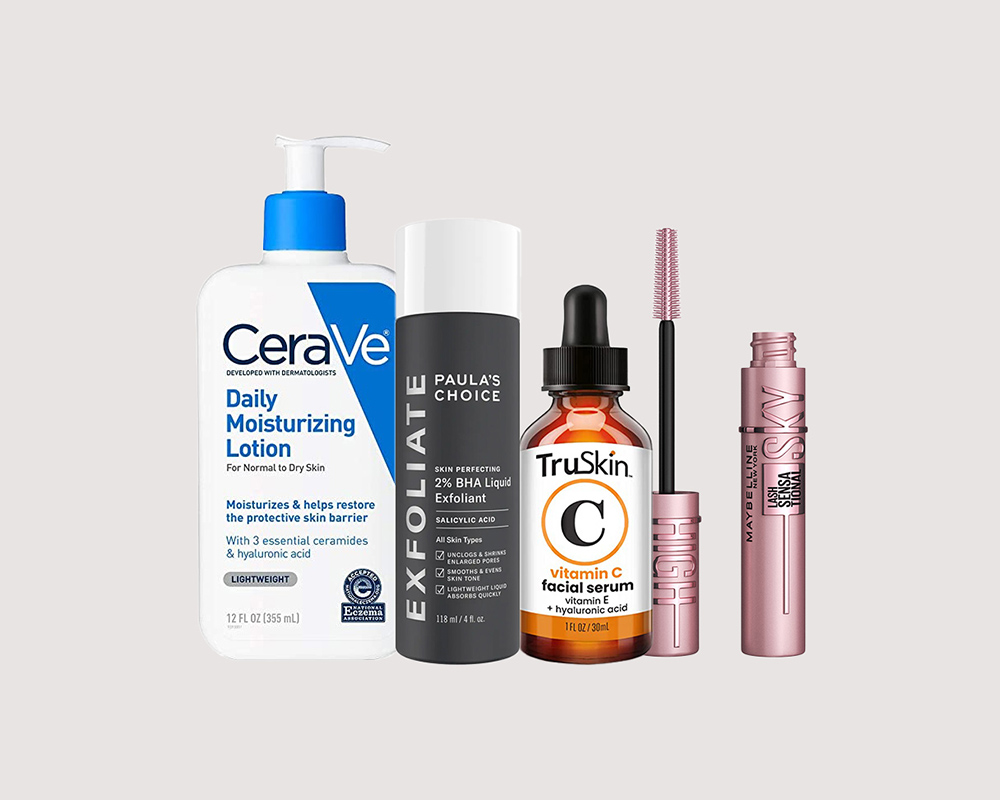
[ad_1]
I think we’ve all been there: We unwrap that shiny new bottle of potent retinol and slather it all over our face before bed in hopes of waking up to baby skin the next morning. But in reality, we see redness, bumps and peeling skin staring back at us in the mirror. Don’t get me wrong, retinol is one of skin-care’s absolute holy grails—there’s a reason it’s dubbed the gold standard anti-aging ingredient—but not all formulas work for everyone, and sometimes, regular purging can turn into serious irritation overnight.
“As fabulous as we know retinols to be in keeping our skin looking youthful and toned, some factors or formulations can definitely be too strong,” says celebrity aesthetician Nerida Joy. “Certain times or seasons of the year, the climate and environment we’re in, and our own mental and physical health can all make a retinol ‘too much.’” Here’s how to tell when it’s time to switch your retinol product and try a different one, or stop using it altogether (for a little while anyway).
Signs to Look For
“Signs of overuse of retinol, or using a retinol that’s too strong, include skin ruddiness, flaking, irritation and thinning,” Joy explains. In some extreme cases, “overuse can even cause ‘retinol burn,’ which is when the reaction causes damage and skin becomes highly sensitive or extremely irritated,” says Tammy Fender, holistic skin-care expert and founder of her eponymous skin-care brand. “But what’s not as easy to see is the long-term effects that overuse can have, and in some extreme cases, it can cause the skin, through thinning, to look more advanced in age.”
What to Do Next
If you are experiencing any of these side effects, the best solution is to first, give your skin a break from the retinol and nourish it with barrier-boosting ingredients like ceramides to restore it to optimal health. “It’s important when using retinol-type formulas to give your skin a break in order to allow it to replenish,” Fender says. “Skin needs downtime!”
Then, when you return to using retinol, lighten up on the strength you’re using—0.25, 0.3, 0.5 or 1 percent (weakest to strongest)—and see if that helps. “Retinoids are all members of the vitamin A family, and they all have different strengths and molecular weights,” Joy explains. “The prescription-only Retin-A—also known as retinoic acid—is the most aggressive and will have a harsher effect on the skin than a gentler over-the-counter complex of retinol (which has the smallest molecular weight), retinyl acetate, retinyl propionate and retinyl palmitate (which has the largest). In other words, a complex will be more stable and offer more effective long-term results because it can be used regularly and works safely on all the levels of the skin without the harsh effects of more aggressive treatments. This is what builds a strong skin structure and therefore can keep our skin youthful over time.”
Fender also follows a less-is-more approach. “Of course, everyone’s skin is unique, but I’d start slowly with any retinol product, and at the first signs of irritation, I’d suggest treating your skin with ultra-soothing products like Plant Milk Serum and a calming Intensive Repair Balm. With retinol, or any sort of exfoliation or resurfacing treatment, you need to replenish the skin, and these two formulas are designed to do just that.”
But what about “normal purging”?
Joy doesn’t believe that the skin necessarily has to purge at all with the introduction of a retinol or retinoid. “If your skin is red, sensitive, irritated and flaking from retinol use, change it up and go with a lighter, gentler product,” she advises. “I don’t believe you have to go through this stage to get the benefits of retinol use.” Two things you can do to help avoid irritation from retinol as well: “Apply your retinol every night over a non-retinol serum or mixing a little of your moisturizer with your retinol cream—known as buffering—so that you get the benefits, but without the discomfort,” she adds. “I also believe that using a gentler complex of retinoids every night is better than using a stronger one two or three times a week.”
Find a Doctor
Find a NewBeauty “Top Beauty Doctor” Near you
[ad_2]
Source link






